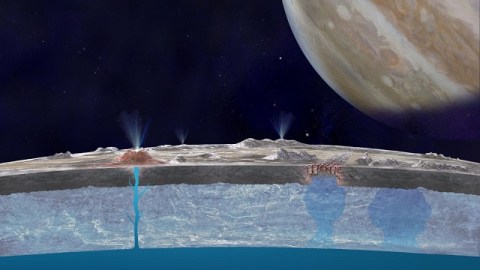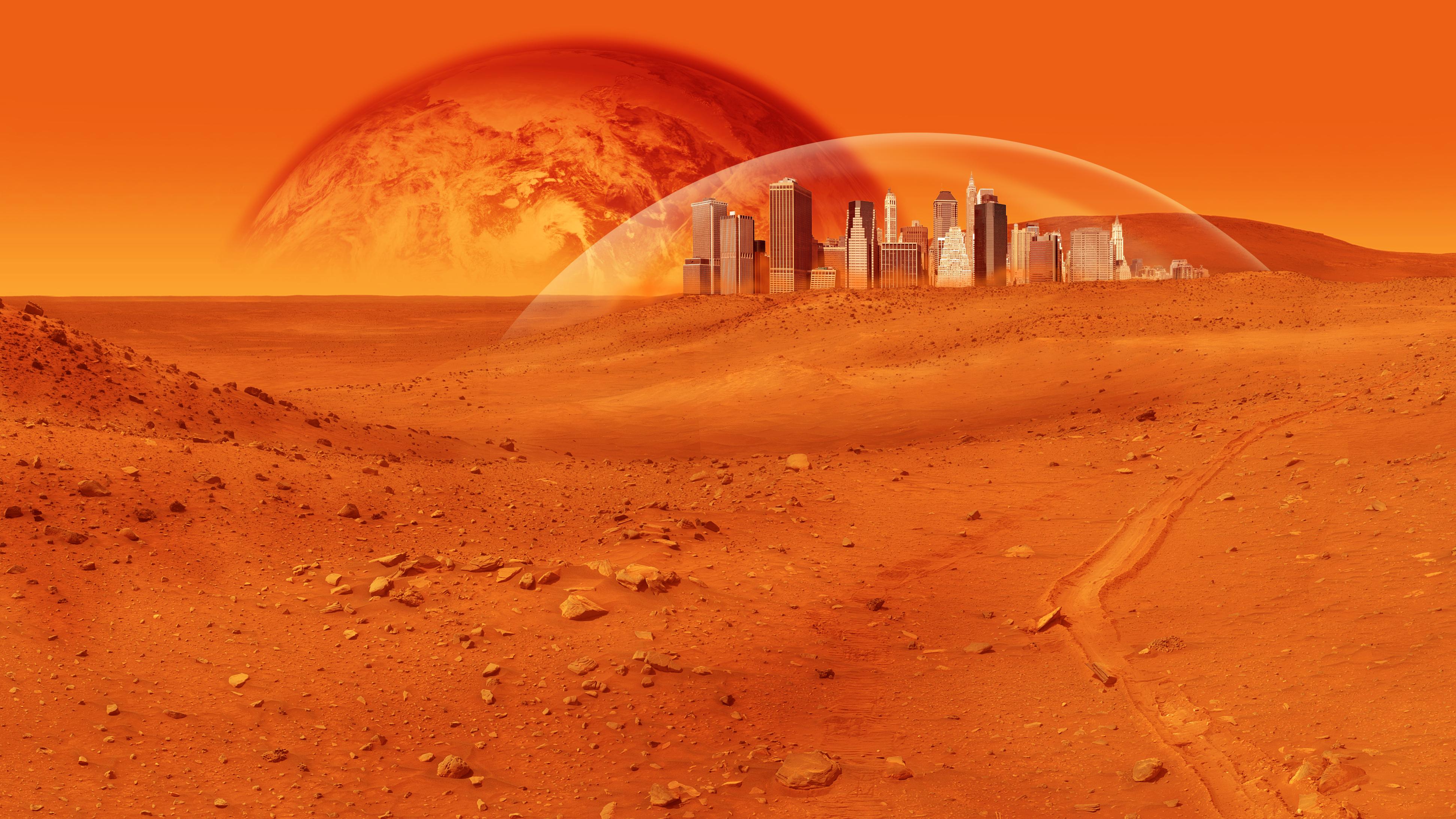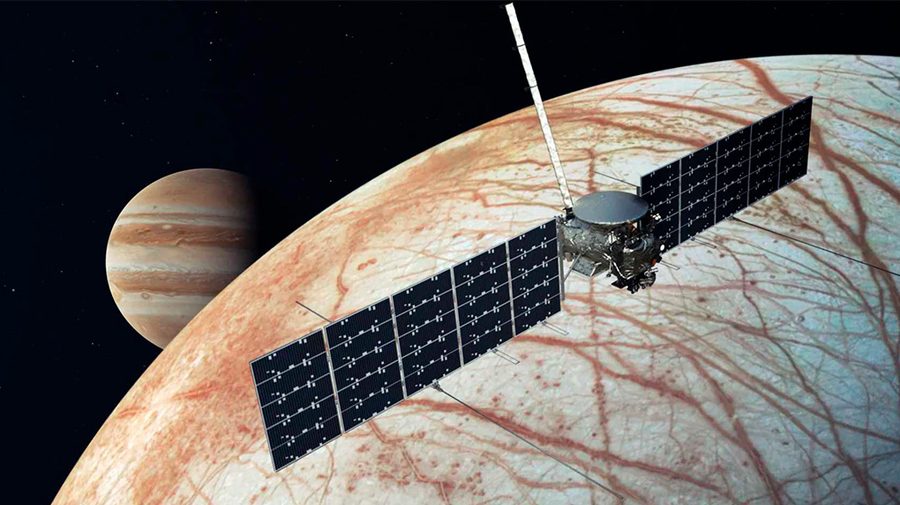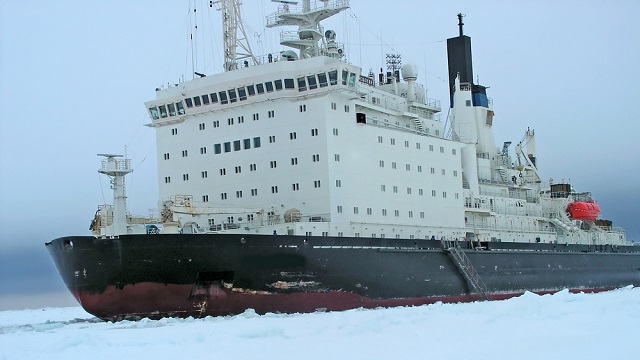New Evidence Suggests Europa’s Ocean Is Like Ours

What’s the Latest Development?
Two astronomers, Mike Brown and Kevin Hand, say that thanks to the Keck II telescope and its OSIRIS spectrograph, they have identified the presence of a type of salt on the icy surface of Europa, one of Jupiter’s largest moons. According to them, this salt could only originate from the vast ocean that’s beneath the surface, suggesting a “chemical exchange” going on between the surface and the ocean, and that understanding the makeup of that ocean could be as simple as sampling the surface itself. Their findings will appear in a forthcoming issue of Astronomical Journal.
What’s the Big Idea?
The news is the first significant update on Europa since the end of NASA’s Galileo mission in 2003. The moon is locked in relation to its parent planet, which means that one hemisphere is always leading in orbit. Galileo’s spectrometer wasn’t advanced enough to determine exactly what was on the surface of the trailing hemisphere besides water ice. After years of speculation, Hand says the discovery of salt is promising in one very important way: “If we’ve learned anything about life on Earth, it’s that where there’s liquid water, there’s generally life. And of course our ocean is a nice salty ocean. Perhaps Europa’s salty ocean is also a wonderful place for life.“
Photo Credit: NASA/JPL-Caltech





